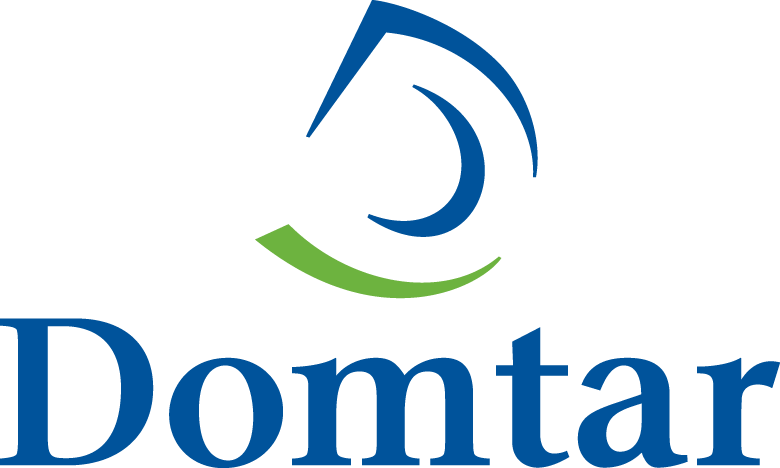Domtar’s sustainability principles and broader objectives are rooted in our three pillars of responsibility, engagement and efficiency, and aligned with the expectations of our stakeholders.
- • Protecting our planet through the stewardship of greenhouse gas emissions, water usage and certified fiber
- • Fostering the health and safety of our employees
- • Fostering diversity and inclusion in our workforce
- • Improving the quality of life in our local communities
- • Upholding the highest standards of ethical business practices and integrity
Our ESG Committee drives our sustainability agenda through regular interaction with our key stakeholders. They also believe that diversity of perspectives, sought through our stakeholder engagement activities, helps shape our sustainability agenda and provides us with insight and opportunities to recognize emerging trends and identify market expectations in a timely manner.
Activities Undertaken Leading to Our Six New Priority Areas
2020
Conducted research on the sustainability strategies, goals and frameworks of more than 100 customers, partners and communities to align our sustainability agenda and support them in achieving their sustainability goals and commitments.
2020 - 2021
Maintained dialogue and gathered input from NGOs on their evolving expectations of businesses and Domtar in the sustainability arena.
2020 - 2021
Gathered information from pulp and paper trade association partners, consumer perceptions, marketing trends and industry thought leaders to better understand sustainability in the context of the COVID-19 pandemic and beyond.
2021 - 2022
The ESG Committee prioritized sustainability topics that best align with Domtar’s business risk/growth plans based on engagement and assessments. Consolidated findings to develop next generation of sustainability priorities, with input from NYU Stern School of Business.
2021 - 2022
The Sustainability team and ESG Committee are creating roadmaps to reach sustainability priorities, supported by working groups that represent each business unit. Each group is developing a sustainability dashboard to identify key environmental and social metrics and fine-tune our monitoring mechanisms to accurately track our path toward achieving each priority. Domtar continues to fine-tune its priority roadmaps for final distribution in late 2022.
Towards New Sustainability Goals
Determined to take a longer-term view of creating sustainable value for our stakeholders, Domtar set ambitious targets to be achieved by 2020. Tangible, measurable and actionable, these goals reflected our commitment to be a more sustainable company. We achieved or exceeded three of those goals and recognize that there is still work to do on the other three.
Here’s how we did:

Establish EarthChoice® Ambassador (ECA) teams in all facilities by end of 2020. We completed implementation of our ECA program at all 26 locations in Canada and the U.S.

Increase FSC-certified fiber procured for our pulp and paper mills to 20% of total fiber used by end of 2020. 19% of total fiber procured was from FSC-certified sources in 2019, up from 18% in 2018.

Reduce total direct and indirect GHG emissions from purchased energy at pulp and paper mills 15% by the end of 2020 from 2010 levels. 27% reduction in GHG emissions since 2010, meeting our goal for fourth consecutive year.

Reduce total waste to landfill from pulp and paper mills 40% by the end of 2020 from 2013 levels. Waste sent to landfills reduced by 34% since 2013 through source reduction and beneficial-use programs.

Develop model for pulp and paper mills to measure and more strategically manage the full cost of using water. Full-cost-of-water model developed and now in use for project approvals to support water and energy conservation efforts.

